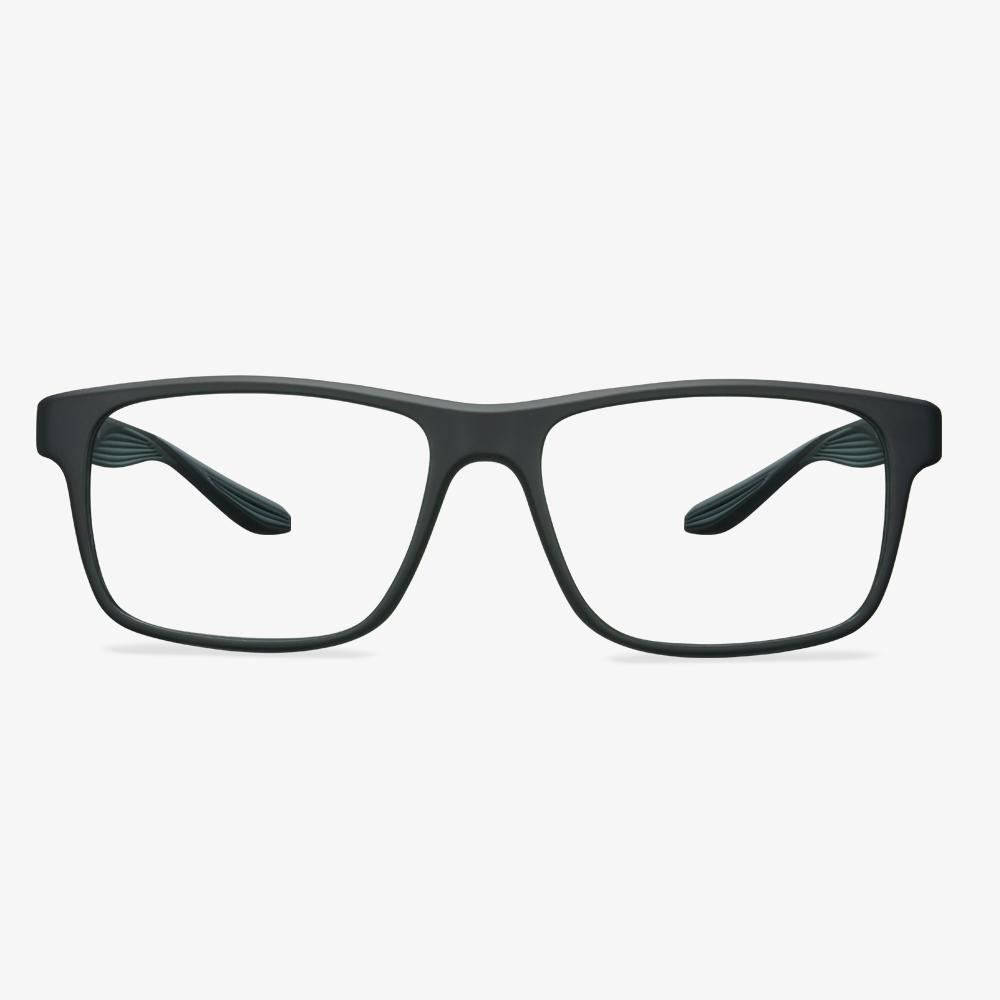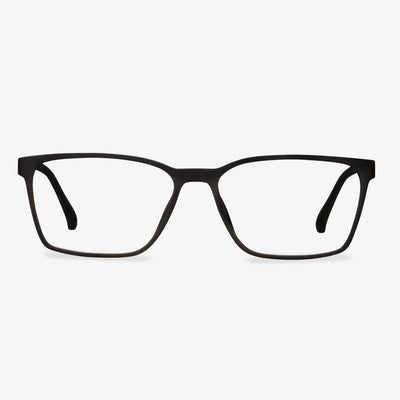Progressive lenses and single vision lenses
Single vision lenses are the most widely used optical lenses and are suitable for the general population.
Progressive lenses are suitable for below people.
① Myopia control lenses for teenagers. Progressive lenses are used to relieve visual fatigue and control the development speed of myopia.
② Anti-fatigue lenses for adults. Progressive lenses are used for teachers, doctors, people who use too much computer at close range to reduce visual fatigue caused by work.
③ Progressive lenses for Middle-aged and elderly people. A pair of glasses for middle-aged and elderly people to easily see near and far.
Uvex Stealth OTG Safety Goggles
They provide more protection and coverage than other prescription safety glasses. Due to the full seal around the eye, these OTG safety goggles prevent chemical splashes, and bumps, and scratches, making them wonderful general-purpose safety goggles to wear over your prescription glasses. Dura-Streme's scratch-resistant coating helps keep the lenses crystal clear, which is especially important when wearing the underlying glasses.
What are prescription computer glasses?
Prescription computer glasses are prescription glasses designed to do computer work. They allow your eyes to focus on the computer screen, which is farther away than reading material would normally hold. These special glasses are designed to meet the visual needs of the movement.
Step-by-Step Glasses Size Guide
In this section, we will show you how to perform glasses measurements. But the first thing is to know what face shape you have. If you do not know, click here to have a check.
Then you need to know where to find the size measurement of your glasses. In general, you will find numbers that look like this 51-17-145 at the temples of your eyeglasses. Of course, these numbers come at different meanings.
The first number often refers to the lens width. Lens width is the horizontal diameter of the lens at its widest point. In optometry, another term is eye size.
The second number often means the bridge width. Bridge width is the part that joins the two lenses and sits over the nose. Some refer to this as the gap. The bridge width varies between 14 and 24 millimeters.
The third number often means the temple length. The temple is the arm that keeps the sunglasses on your face. That arm extends to the part that hangs on the ears. The length is usually 135, 140, or 145 millimeters.
Lens height measures the size of the lens vertically, that is from the top to the bottom of the lens. Although sizes may differ depending on the brand, the standard size is somewhere between 32 and 38 millimeters.
Where to Buy Glasses for Big Heads?
After learning which eyeglasses frames are suitable for big heads, you may ask where to buy them. To buy them, the online glasses store - Koalaeye Optical is recommended. It provides all kinds of glasses, eyeglasses and frames. What’s more, these glasses frames are cheap and stylish. You can also get the prescription glasses online and they will be mailed to you with great convenience.
Transition Lenses Problems
It is not convenient to rely on photochromic lenses when driving. It also may be unsafe if the driver depends on the prescription to see or is legally bound to wear prescription lenses when driving.
Besides, transition lenses are typically the size and shape of regular vision-correction lenses, which allows them to accurately correct the field of vision, but does not account for peripheral areas on either side of the visible range. Sunglasses operate by maintaining very dark glasses that expand over the field of vision and the peripheral with large, oblong lenses that block sunlight from both the front and sides. However, transition lenses are not typically dark enough for heavy sun and cannot block light penetration on the peripheral, leading to people having to resort to sunglasses again.
Of course, there are some benefits of transition lenses and you can click here to learn more.
How do bifocal reading glasses work?
Bifocal reading glasses have two different lenses on the same lens. The top of the lens is your normal distance prescription, while the bottom is for close-up viewings, like reading. The two lenses allow you to alternate between them by moving your eyes up and down as needed. A bifocal lens is a type of lens that has two different areas of vision: one for close range and one for long-range. Typically, the upper section covers remote vision and the lower section covers reading. With a traditional bifocal lens, you can see the difference between the two lenses because the lower curve is a little different.











































